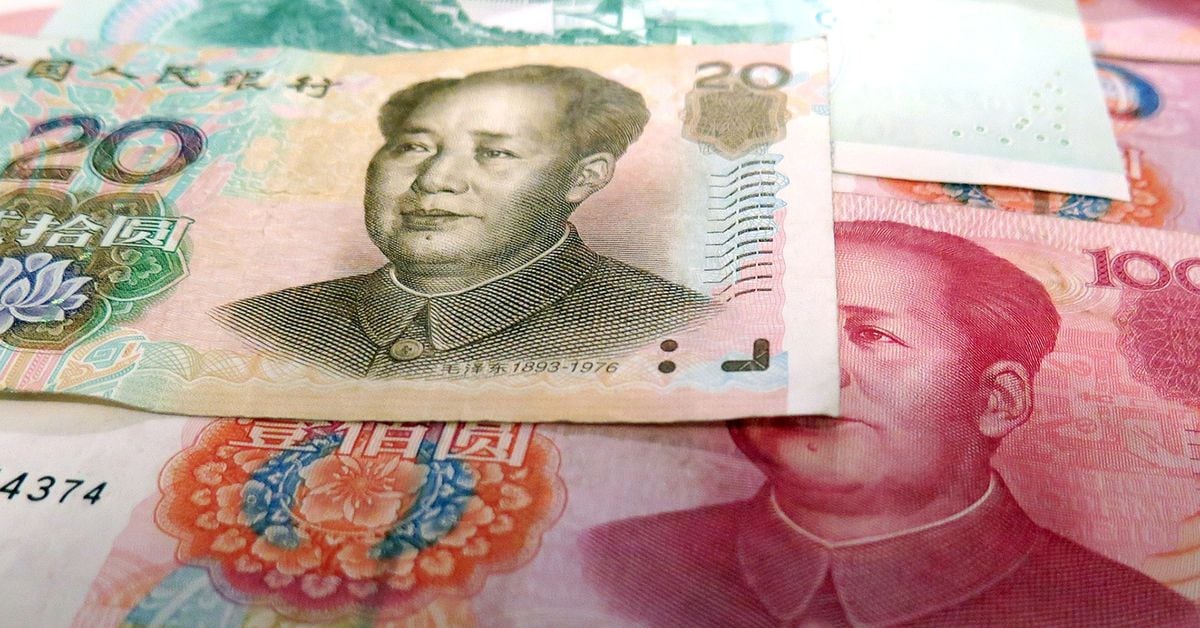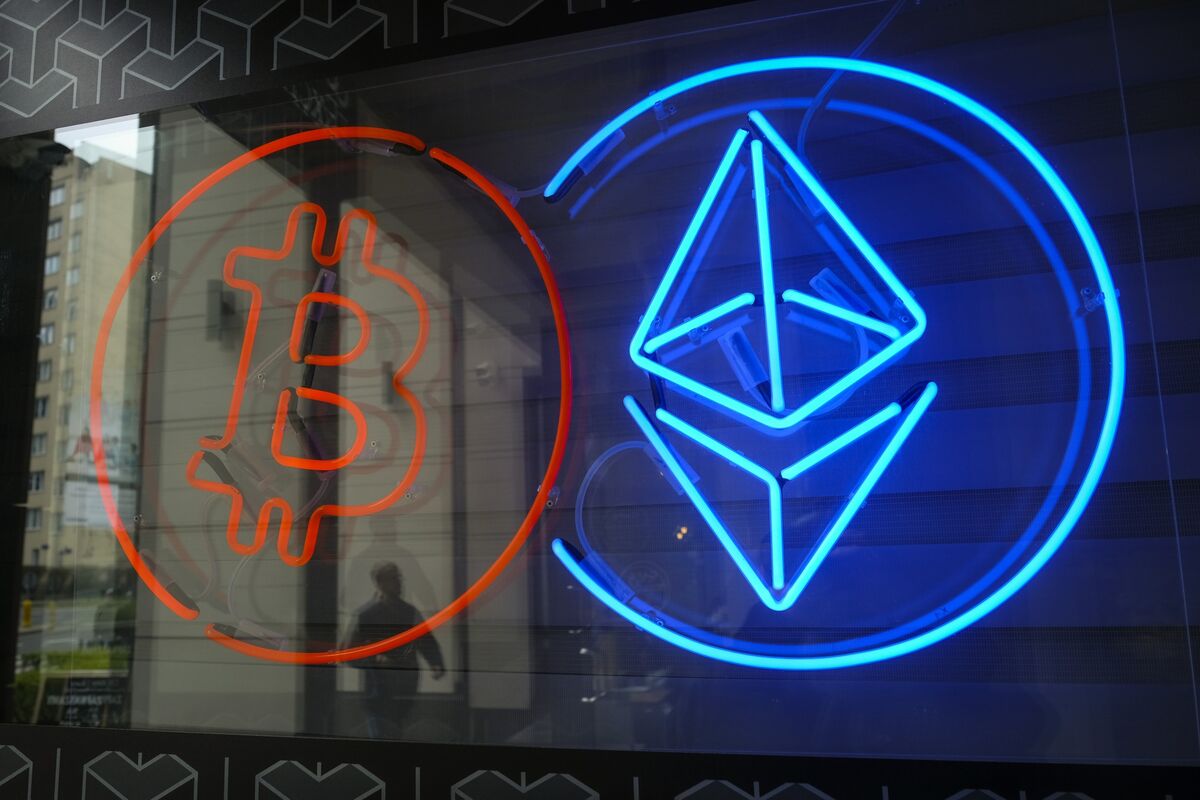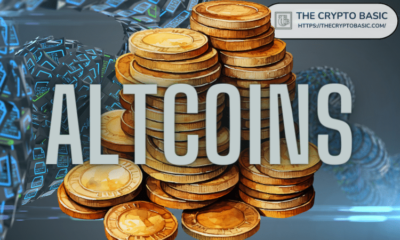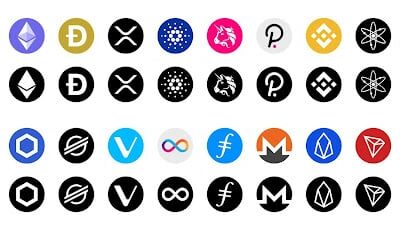Bitcoin
How I brought the Machankura Bitcoin app to Africa

Since Satoshi Nakamoto abandoned the white paper, one of bitcoin’s selling points has been: “You don’t need a bank. All you need is a smartphone.”
But what if you don’t have a smartphone?
This is the case for millions of people in Africa, which is why Kgothatso Ngako, a former Amazon software developer, created the simple app called Machankura.
Or maybe “app” is misleading because it was designed to work on low-end phones that don’t have touchscreens or cameras or the capabilities of an iPhone. All you need is the ability to send text messages. Using the Lightning Network, Machankura (slang for “money”) allows users to send and receive bitcoin, with or without the internet.
This is something most of us take for granted. Consider a bitcoin wallet address: it usually looks something like “37LaxH5ihB5hZMXs72fofA8qzanipuWTF!” Typing it manually would ruin your week. If you make a typo – and you will make a typo – your bitcoin will be lost forever.
Fortunately, we can copy and paste this monster using our laptop or smartphone. But without a smartphone? “The user may not have copy and paste functionality,” says Ngako. “But bitcoin has these wonderful things called lightning addresses, which are like email.” Now Machankura users can use bitcoin just by entering normal-looking numbers and email addresses.
Before heading to Austin for Consensus, Ngako talks about how Facebook did something clever that inspired Machankura, how its 15,000 users are spending bitcoin, and why usage patterns in Africa are, in some sense, surprisingly similar to patterns in the United States .
The interview has been condensed and lightly edited for clarity.
Before creating Machankura, you helped promote bitcoin in Africa. How exactly?
Kgothatso Ngako: I grew up in a town called Mamelodi. So the main barrier at the time was that a lot of the literature that explains Bitcoin is in English, right? But we have all these different African languages. So if someone is intrigued by Bitcoin and doesn’t speak English, how would they get content to learn about it? So we started an organization called Exonumia. Its goal is to translate Bitcoin literature into African languages.
What Bitcoin literature did you use? I’m guessing white paper?
Yes, the white paper. Some simple. The email Satoshi sent when Bitcoin version 0.1 was released and Hal Finney’s response to it. And, of course, the “I Am Hodling” post.
And some others, such as Understanding Lightning Network and The History of Bitcoin and the Kenya Government. We are also translating some books, such as “The Blocksize War” and “21 Lesions”.
And then eventually you released Machankura. What was the objective?
So I’m trying to tell as many people as possible about Bitcoin with my translated articles, but I run into all these problems. A person may not have a smartphone. If they have a smartphone, they don’t have data packages. If they are interested or you provide a Wi-Fi hotspot, they won’t have enough space on their phone.
All these problems are solved with a service that the person does not need to install on their phone and does not need to pay to use. Then USSD [Unstructured Supplementary Service Data] that’s basically it. It’s like a reverse billing website. Look at what Facebook does in developing countries and I think Twitter has done it too. Facebook is available for free, right? People with a mobile connection can access Facebook without paying to access Facebook, because Facebook will pay the telecommunications bill later. Therefore, most USSD interfaces work on a similar principle.
So what exactly does this look like in the user experience? Especially if they’re not using a smartphone?
The user may not have copy and paste functionality. But bitcoin has these wonderful things called lightning addresses, which are like email but for human readable addresses. So mine is kgothatso@8333.mobi. I can share this with just about everyone. And alternatively, if someone has my number, 0739 383 807, they can also use that as my lighting address.
Is this your phone number?
Yes. So regardless of whether or not you have copy and paste functionality, if you have Bitcoin, you can type either. And then you can send me Bitcoin.
Incredible. How many users do you have and where are they?
So we’re at almost 15,000 users now. We are in a few countries — South Africa, Nigeria, Kenya, Ghana, Malawi, and so on.
What are some of the things people are doing with it?
In South Africa, we have a concept called Stockpile. In other places it has other names. In Kenya they call it “flame”. Effectively, it is table accounting.
You get together as a group of people in someone’s house and put money on the table. And if we all contribute an equal amount every month, we’ll distribute it at the end of the year, or maybe buy groceries or something else in bulk.
Interesting. So is this a way to encourage people to save money, through positive peer pressure and accountability?
Yes. And it can also be an economical “starter pack” for people in the group, to help them buy in bulk. This would satisfy a minimum purchase order that one person could not do alone, but the group could.
Am I right in saying that instead of trying to get merchants to accept Bitcoin – which can be complicated – they are primarily using Bitcoin to buy gift cards? And where are they spending it?
Yes. The main culprits are [internet] airtime, electricity and groceries. And if you have a gift card from a grocery store in South Africa, you effectively have a lot to do with your bitcoin. You can pay your bills because some supermarkets allow you to pay your bills at the checkout, you can book a bus trip, you can even pay for a flight at the supermarket.
How many users, from what you can tell, are using Bitcoin as their main way of paying their bills and surviving?
Not many users. This is a very small number of users out of the total. And a lot of people still have normal jobs that don’t pay Bitcoin, right? So maybe it’s 10% or 20% of the total users.
So what is the main function for people to use it?
Exploration, I guess. That’s the main question. A lot of people are saying, “Okay. I’ve heard about this Bitcoin thing. So how do I use it?” So a lot of people create an account and then they look around, and then you think, “Oh, okay. That person didn’t come back.” And then there’s an all-time high, and then that person is back.
Honestly, this seems very similar to how people use bitcoin in the US
It’s exactly like that.
Thanks Kgothatso, good luck with the project and see you at Consensus.
Bitcoin
Bitcoin (BTC), Stocks Bleed as China’s Surprise Rate Cut Signals Panic, Treasury Yield Curve Steepens

Risk assets fell on Thursday as China’s second rate cut in a week raised concerns of instability in the world’s second-largest economy.
Bitcoin (BTC)the leading cryptocurrency by market cap, is down nearly 2% since midnight UTC to around $64,000 and ether (ETH) fell more than 5%, dragging the broader altcoin market lower. The CoinDesk 20 Index (CD20), a measure of the broader cryptocurrency market, lost 4.6% in 24 hours.
In equity markets, Germany’s DAX, France’s CAC and the euro zone’s Euro Stoxx 50 all fell more than 1.5%, and futures linked to the tech-heavy Nasdaq 100 were down slightly after the index’s 3% drop on Wednesday, according to the data source. Investing.com.
On Thursday morning, the People’s Bank of China (PBoC) announced a surprise, cut outside the schedule in its one-year medium-term lending rate to 2.3% from 2.5%, injecting 200 billion yuan ($27.5 billion) of liquidity into the market. That is the biggest reduction since 2020.
The movement, together with similar reductions in other lending rates earlier this week shows the urgency among policymakers to sustain growth after their recent third plenary offered little hope of a boost. Data released earlier this month showed China’s economy expanded 4.7% in the second quarter at an annualized pace, much weaker than the 5.1% estimated and slower than the 5.3% in the first quarter.
“Equity futures are flat after yesterday’s bloody session that shook sentiment across asset classes,” Ilan Solot, senior global strategist at Marex Solutions, said in a note shared with CoinDesk. “The PBoC’s decision to cut rates in a surprise move has only added to the sense of panic.” Marex Solutions, a division of global financial platform Marex, specializes in creating and distributing custom derivatives products and issuing structured products tied to cryptocurrencies.
Solot noted the continued “steepening of the US Treasury yield curve” as a threat to risk assets including cryptocurrencies, echoing CoinDesk Reports since the beginning of this month.
The yield curve steepens when the difference between longer-duration and shorter-duration bond yields widens. This month, the spread between 10-year and two-year Treasury yields widened by 20 basis points to -0.12 basis points (bps), mainly due to stickier 10-year yields.
“For me, the biggest concern is the shape of the US yield curve, which continues to steepen. The 2- and 10-year curve is not only -12 bps inverted, compared to -50 bps last month. The recent moves have been led by the rise in back-end [10y] yields and lower-than-expected decline in yields,” Solot said.
That’s a sign that markets expect the Fed to cut rates but see tighter inflation and expansionary fiscal policy as growing risks, Solot said.
Bitcoin
How systematic approaches reduce investor risk

Low liquidity, regulatory uncertainty and speculative behavior contribute to inefficiency in crypto markets. But systematic approaches, including momentum indices, can reduce risks for investors, says Gregory Mall, head of investment solutions at AMINA Bank.
Low liquidity, regulatory uncertainty and speculative behavior contribute to inefficiency in crypto markets. But systematic approaches, including momentum indices, can reduce risks for investors, says Gregory Mall, head of investment solutions at AMINA Bank.
Low liquidity, regulatory uncertainty and speculative behavior contribute to inefficiency in crypto markets. But systematic approaches, including momentum indices, can reduce risks for investors, says Gregory Mall, head of investment solutions at AMINA Bank.
July 24, 2024, 5:30 p.m.
Updated July 24, 2024, 5:35 p.m.
(Benjamin Cheng/Unsplash)
Fuente
Bitcoin
India to Release Crypto Policy Position by September After Consultations with Stakeholders: Report

“The policy position is how one consults with relevant stakeholders, so it’s to go out in public and say here’s a discussion paper, these are the issues and then stakeholders will give their views,” said Seth, who is the Secretary for Economic Affairs. “A cross-ministerial group is currently looking at a broader policy on cryptocurrencies. We hope to release the discussion paper before September.”
Bitcoin
Bitcoin (BTC), Ether (ETH) slide as risk aversion spreads to crypto markets

Ether, the second-largest token, fueled a slide in digital assets after a stock rout spread unease across global markets.
Ether fell about 6%, the most in three weeks, and was trading at $3,188 as of 6:45 a.m. Thursday in London. Market leader Bitcoin fell about 3% to $64,260.
-

 News12 months ago
News12 months agoCryptocurrency exchanges Binance and KuCoin register with India’s financial intelligence unit as cryptocurrency credibility improves
-

 News10 months ago
News10 months agoMiners’ ‘Capitulation’ Signals Bitcoin Price May Have Bottomed Out: CryptoQuant
-

 Altcoin9 months ago
Altcoin9 months agoOn-chain data confirms whales are preparing for altcoin surge with increased buy orders
-

 Bitcoin9 months ago
Bitcoin9 months agoBitcoin (BTC), Stocks Bleed as China’s Surprise Rate Cut Signals Panic, Treasury Yield Curve Steepens
-

 Videos12 months ago
Videos12 months agoBitcoin Price AFTER Halving REVEALED! What’s next?
-

 Bitcoin11 months ago
Bitcoin11 months agoBitcoin Could Test Record Highs Next Week in ETF Flows, Says Analyst; Coinbase appears in the update
-

 Videos12 months ago
Videos12 months agoBlackRock Will Send Bitcoin to $116,000 in the Next 51 Days (XRP News)
-

 Videos12 months ago
Videos12 months agoAre cryptocurrencies in trouble? Bitcoin Insider Reveals “What’s Next?”
-

 Videos11 months ago
Videos11 months agoBREAKING NEWS: The 19 best cryptocurrencies ready to skyrocket!
-

 Videos12 months ago
Videos12 months agoCryptocurrency Crash Caused by THIS…
-

 Videos11 months ago
Videos11 months agoThe REAL reason why cryptocurrency is going up!
-

 Altcoin11 months ago
Altcoin11 months agoThe best Altcoins to buy before they rise















